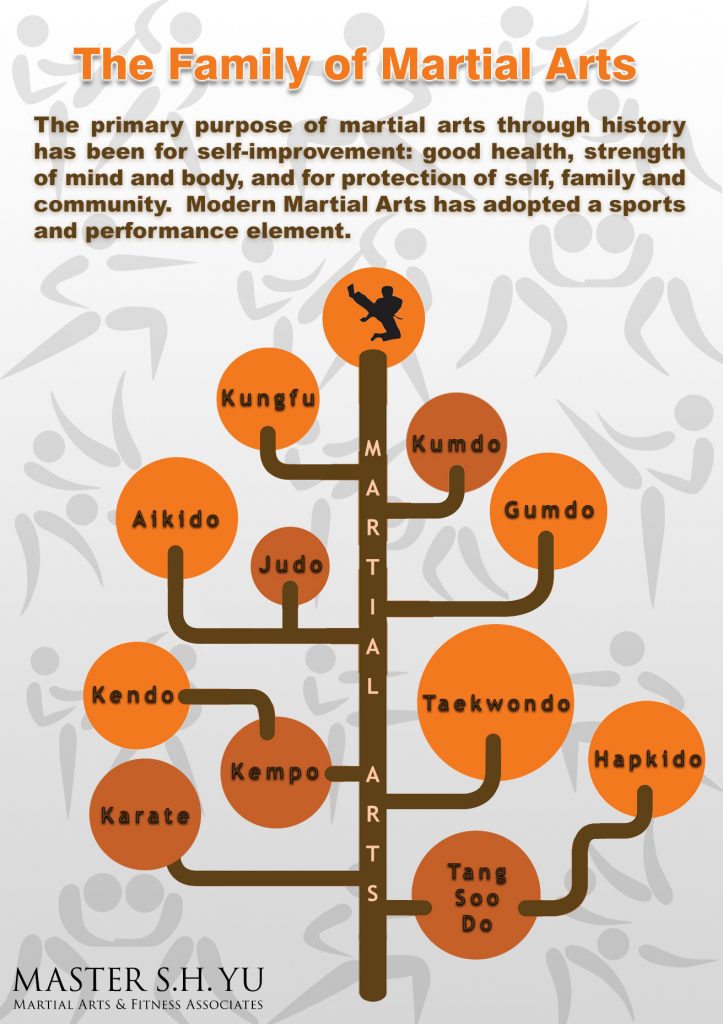Martial arts have a remarkable history that covers centuries and continents. You could find it appealing just how ancient techniques like Shuai Jiao and Kalaripayattu laid the groundwork for modern fight strategies. These self-controls not only emphasize physical skills yet additionally show the societies that birthed them. As you discover their advancement, take into consideration how globalization has transformed these standard forms right into crossbreed styles. What influences do you believe have shaped today's martial arts landscape?
Ancient Martial arts: The Foundations of Battle
As you explore the globe of ancient martial arts, you'll find the abundant structures that shaped fight methods across societies. Very early techniques concentrated on Self-Defense and survival, often incorporating strikes, grappling, and weapons.
In old China, for example, techniques like Shuai Jiao emphasized tosses and joint locks, while India's Kalaripayattu showcased dexterity and liquid movement. Japanese samurai developed Kenjutsu, a polished swordsmanship that highlighted discipline and approach.
These martial arts offered not just for battle however additionally as a way of personal growth, instilling worths like respect and perseverance. The mixing of these techniques gradually prepared for the diverse martial arts you see today, each showing the special ideologies and needs of its society.
The Social Influence on Martial Arts Development
While martial arts frequently mirror the useful requirements of a culture, they likewise symbolize the social worths and ideas of their beginnings. When you discover different martial arts, you'll notice exactly how they're influenced by faith, ideology, and social standards.
For instance, the emphasis on regard and self-control in Japanese martial arts originates from Zen Buddhism and samurai culture. In contrast, Brazilian Jiu-Jitsu promotes adaptability and strategy, shaped by the need for performance in a varied, multicultural setting.
You might discover that the routines, uniforms, and training approaches reflect a neighborhood's background and identity. By comprehending these social influences, you deepen your appreciation of martial arts and their role fit human experiences across the globe.
Modern Adaptations and the Globalization of Martial arts
Martial arts have actually transformed considerably in recent decades, adapting to contemporary culture and international influences. You'll notice that traditional kinds have combined with contemporary methods, developing hybrid styles like MMA. These adaptations satisfy varied target markets, making martial arts easily accessible and enticing globally.
With the increase of social media and electronic platforms, you can find tutorials and competitions from all corners of the world, damaging geographical obstacles. This globalization has actually brought about a shared appreciation for different techniques, from Brazilian Jiu-Jitsu to Taekwondo.
As you engage with these arts, you'll recognize they're not practically battle; they promote fitness, self-control, and psychological wellness.
Ultimately, modern adjustments have enhanced the martial arts landscape, making it a vibrant and evolving practice.
Final thought
In exploring the history and evolution of martial arts, you reveal a fascinating blend of strategies, societies, and approaches. From ancient disciplines like Shuai Jiao and Kalaripayattu to the contemporary versatility seen in mixed martial arts, martial arts reflect humanity's mission for Self-Defense and individual development. As click here engage with these techniques, you not just get skills but also a much deeper gratitude for the diverse customs that shape our world today. So, continue https://www.tor.com/2021/06/29/the-history-and-politics-of-wuxia/ and accept the art of fight!
